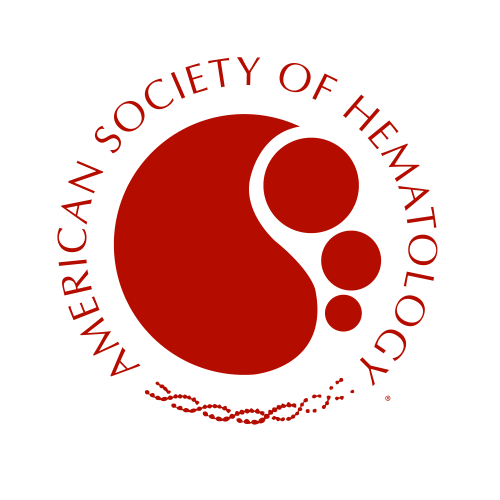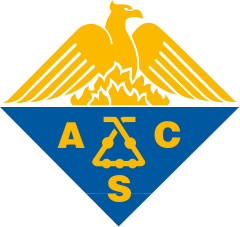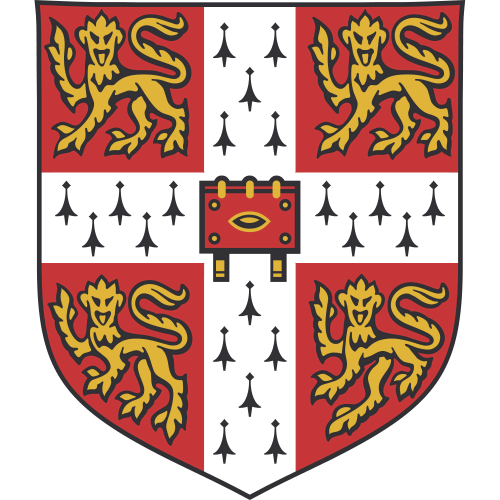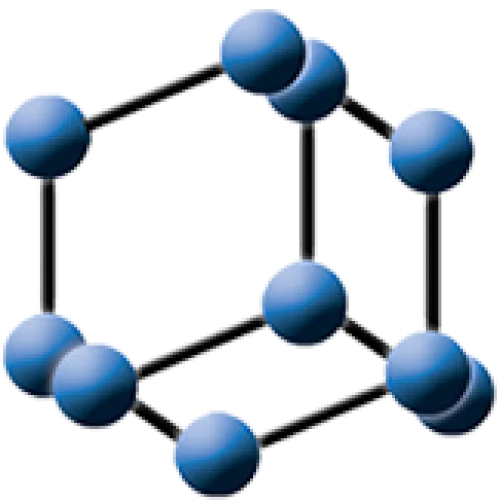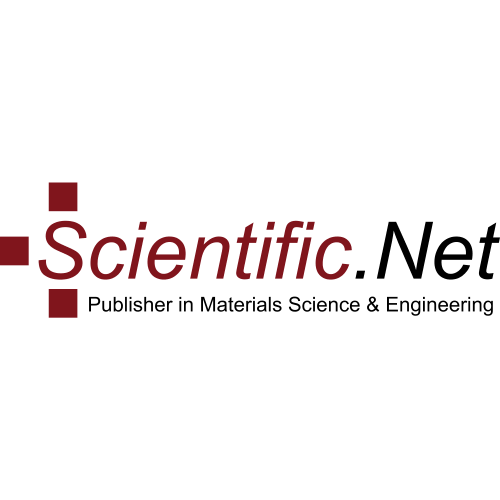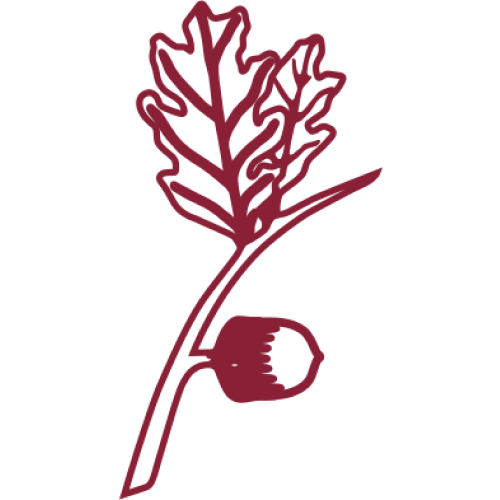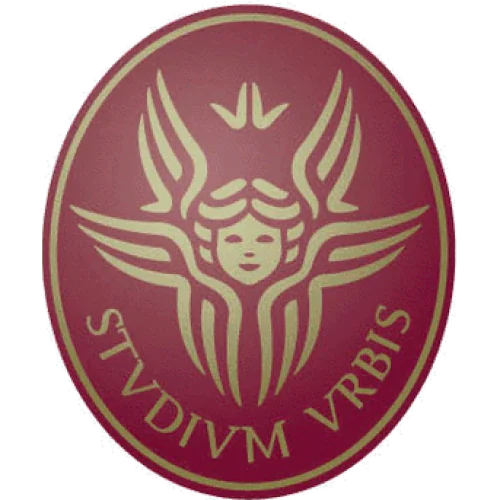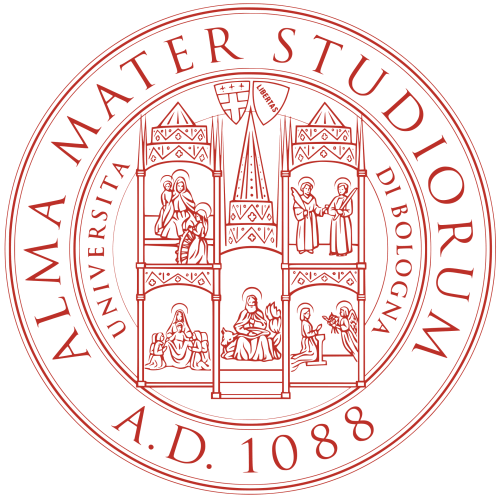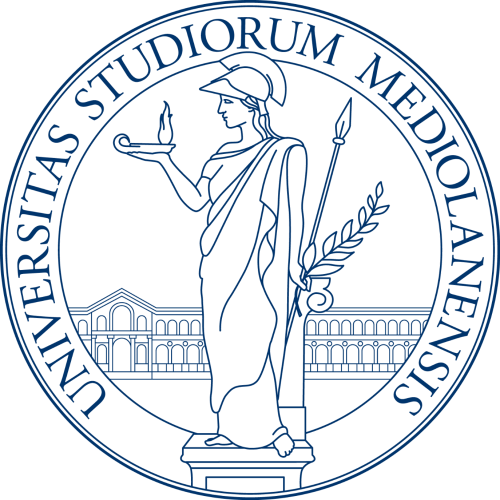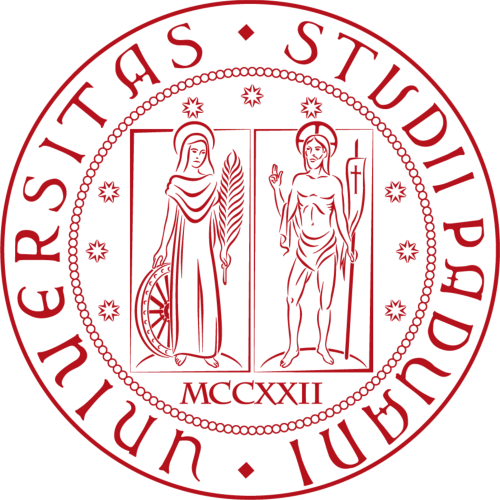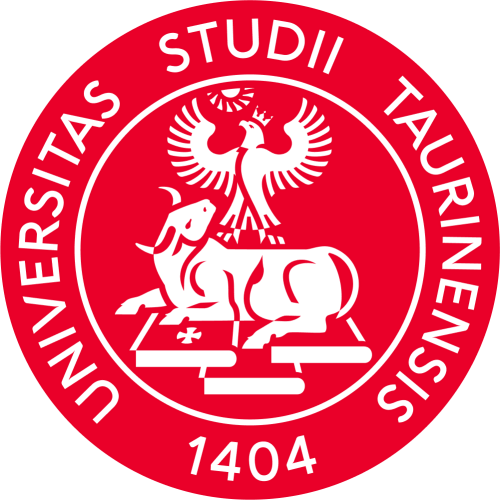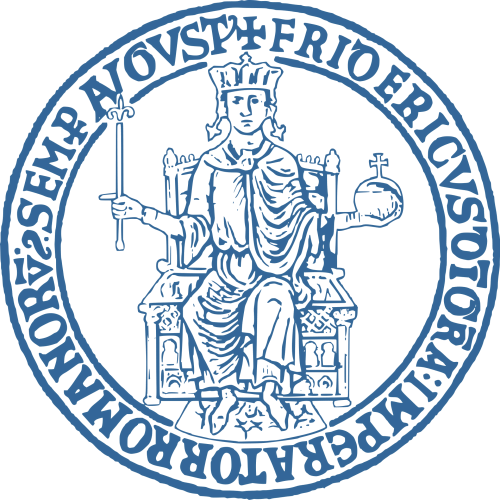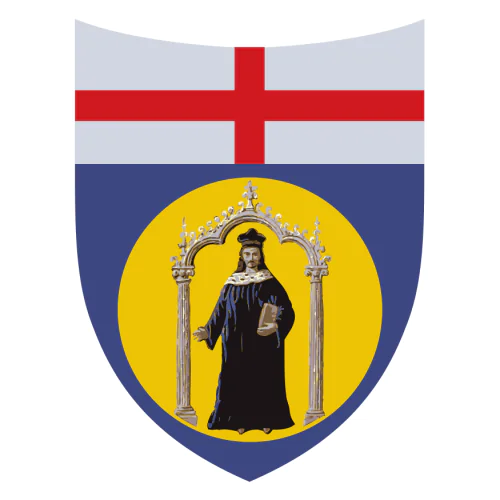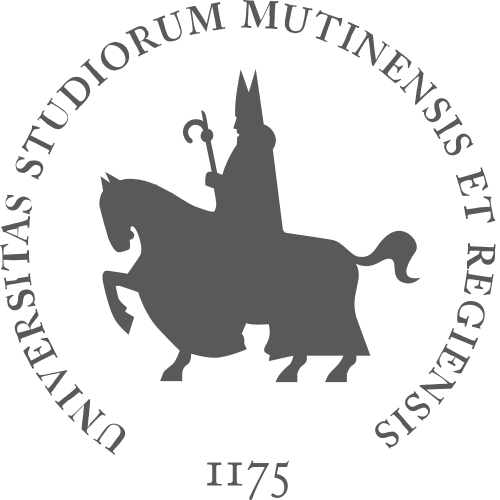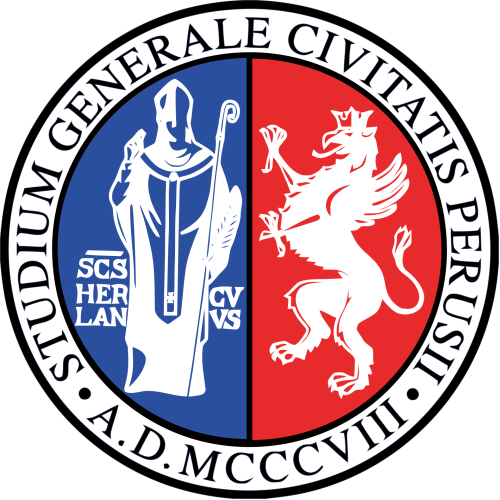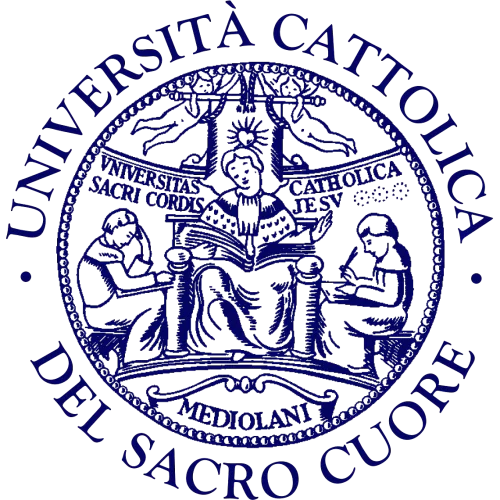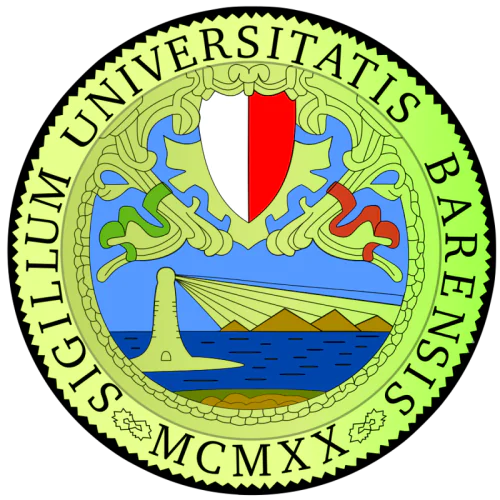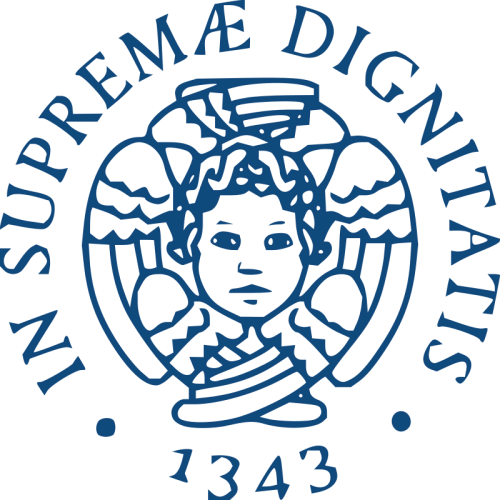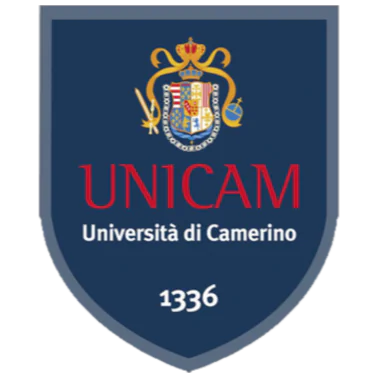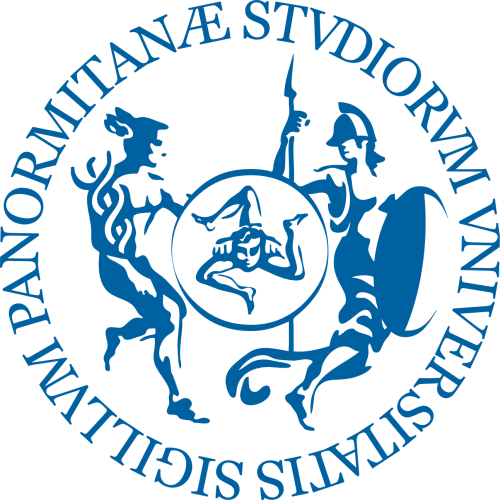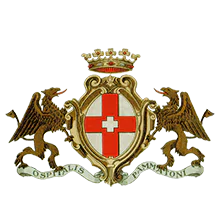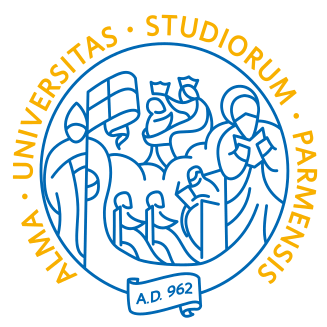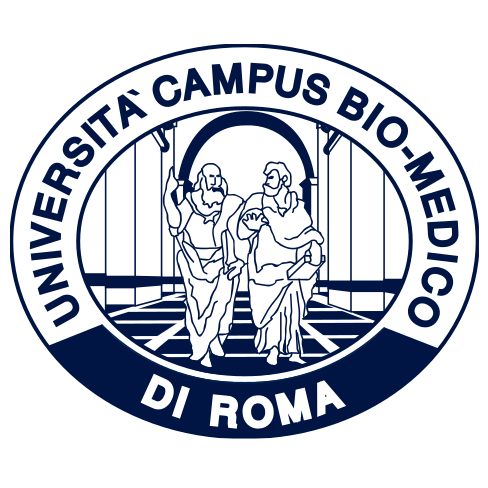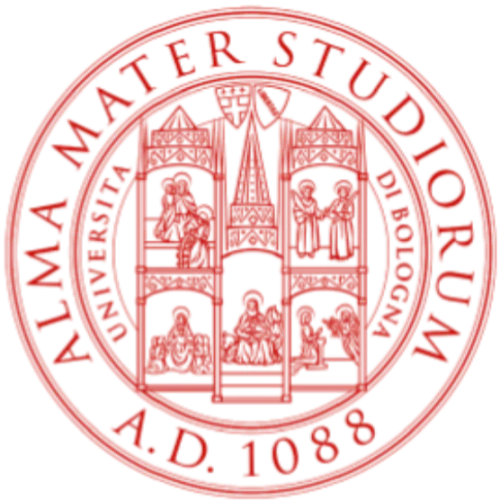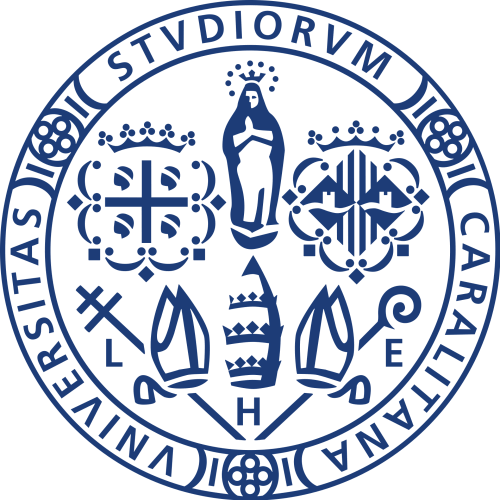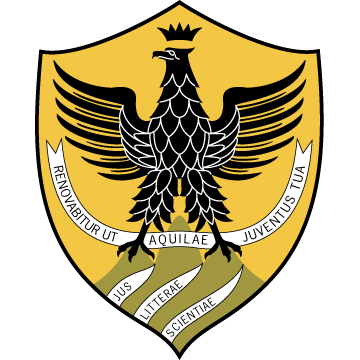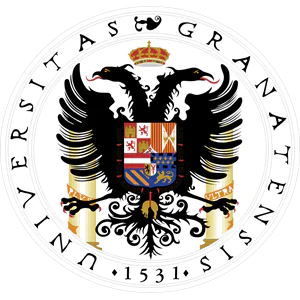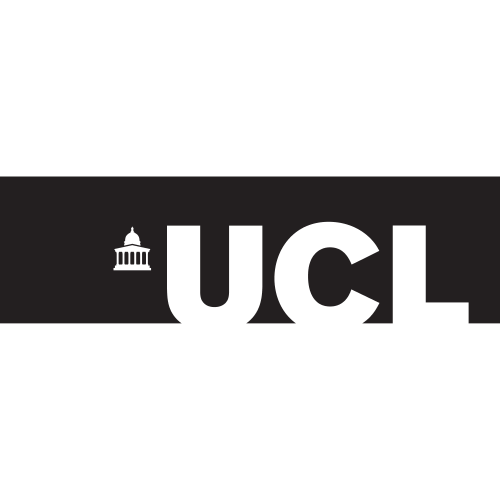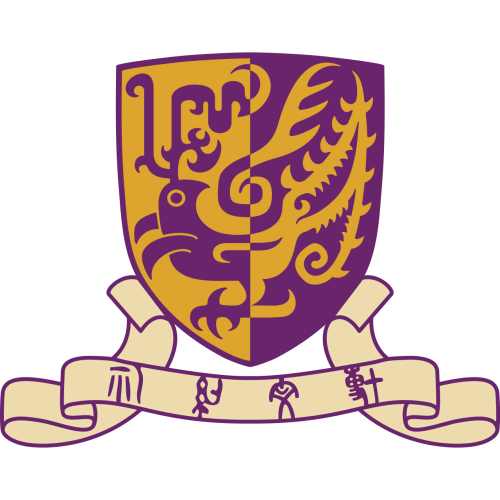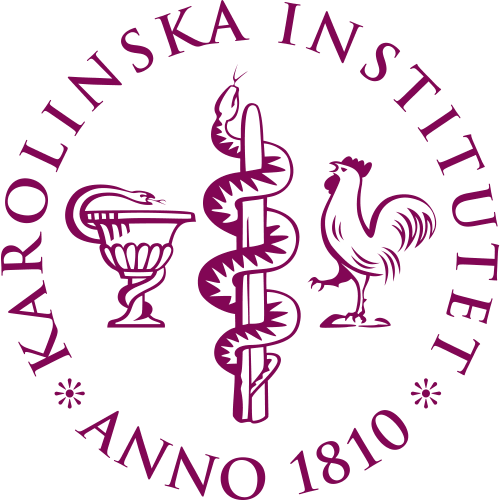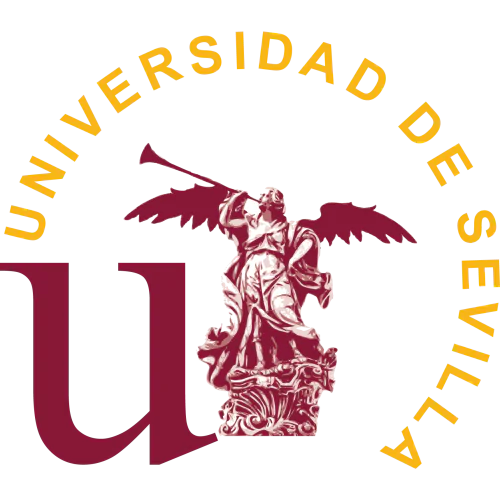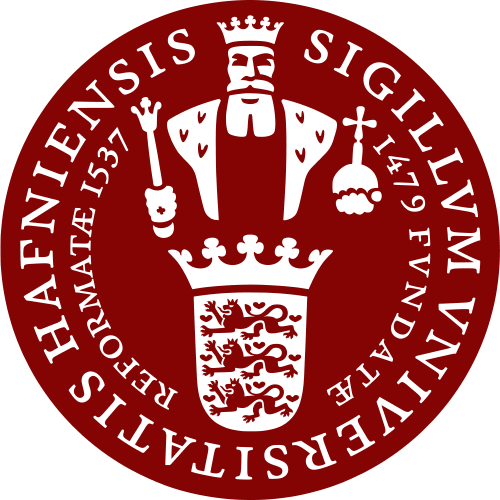Marche Polytechnic University
Are you a researcher?
Create a profile to get free access to personal recommendations for colleagues and new articles.

Publications
23 641
Citations
601 632
h-index
231
Top-3 journals
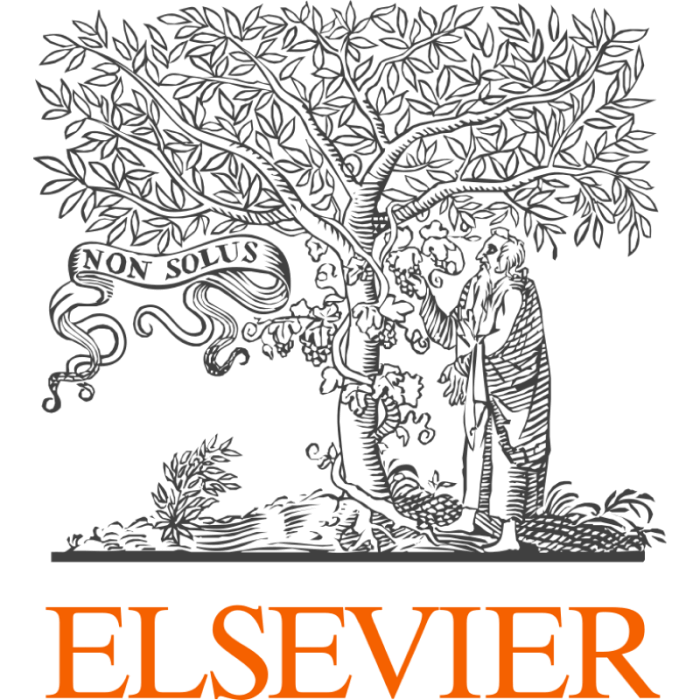
Annals of the Rheumatic Diseases
(272 publications)

Lecture Notes in Computer Science
(229 publications)

SSRN Electronic Journal
(227 publications)
Top-3 organizations
Istituti di Ricovero e Cura a Carattere Scientifico
(2469 publications)
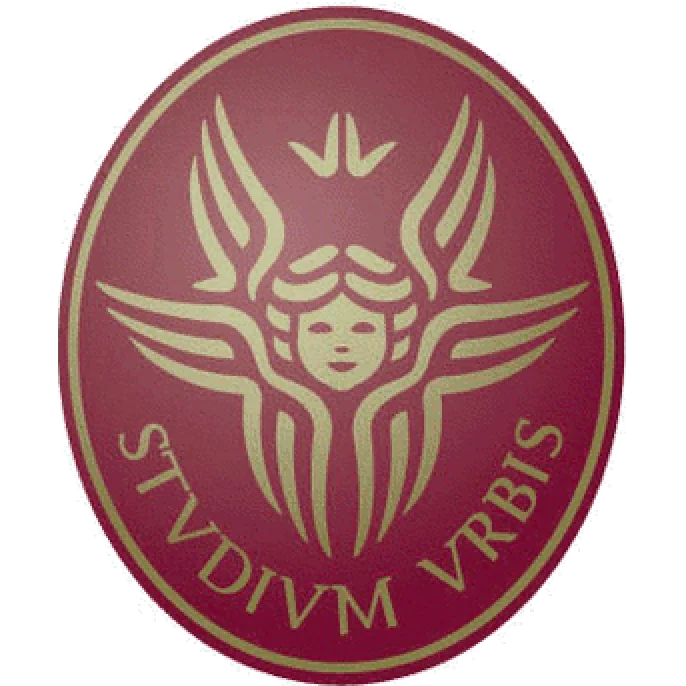
Sapienza University of Rome
(1526 publications)
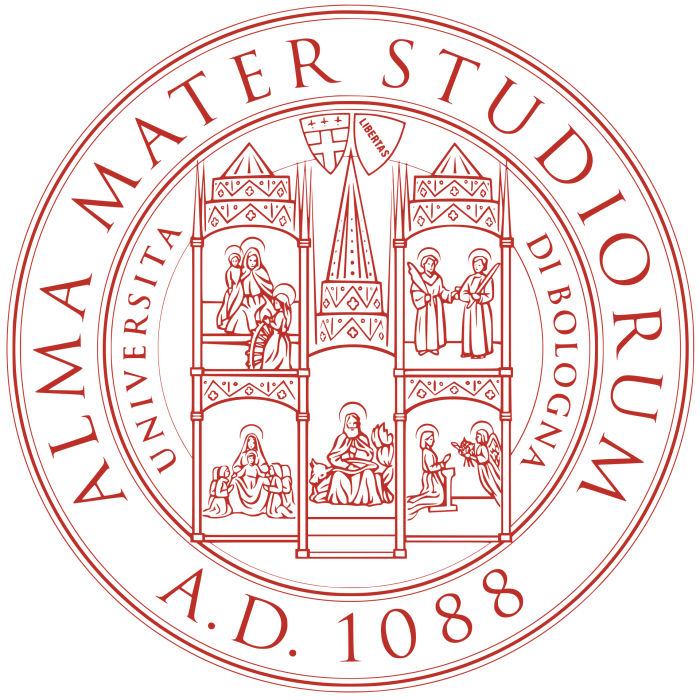
University of Bologna
(1057 publications)
Top-3 foreign organizations

Indiana University School of Medicine
(376 publications)

University of Córdoba
(328 publications)

Sorbonne University
(179 publications)
Most cited in 5 years
Found
Nothing found, try to update filter.
Found
Nothing found, try to update filter.
Since 1980
Total publications
23641
Total citations
601632
Citations per publication
25.45
Average publications per year
503
Average authors per publication
9.18
h-index
231
Metrics description
h-index
A scientist has an h-index if h of his N publications are cited at least h times each, while the remaining (N - h) publications are cited no more than h times each.
Top-30
Fields of science
|
500
1000
1500
2000
2500
3000
|
|
|
General Medicine
|
General Medicine, 2651, 11.21%
General Medicine
2651 publications, 11.21%
|
|
Oncology
|
Oncology, 1053, 4.45%
Oncology
1053 publications, 4.45%
|
|
Biochemistry
|
Biochemistry, 991, 4.19%
Biochemistry
991 publications, 4.19%
|
|
General Materials Science
|
General Materials Science, 866, 3.66%
General Materials Science
866 publications, 3.66%
|
|
Mechanical Engineering
|
Mechanical Engineering, 837, 3.54%
Mechanical Engineering
837 publications, 3.54%
|
|
Electrical and Electronic Engineering
|
Electrical and Electronic Engineering, 829, 3.51%
Electrical and Electronic Engineering
829 publications, 3.51%
|
|
Molecular Biology
|
Molecular Biology, 727, 3.08%
Molecular Biology
727 publications, 3.08%
|
|
Computer Science Applications
|
Computer Science Applications, 713, 3.02%
Computer Science Applications
713 publications, 3.02%
|
|
Immunology
|
Immunology, 704, 2.98%
Immunology
704 publications, 2.98%
|
|
Cancer Research
|
Cancer Research, 689, 2.91%
Cancer Research
689 publications, 2.91%
|
|
Aquatic Science
|
Aquatic Science, 657, 2.78%
Aquatic Science
657 publications, 2.78%
|
|
Immunology and Allergy
|
Immunology and Allergy, 621, 2.63%
Immunology and Allergy
621 publications, 2.63%
|
|
Food Science
|
Food Science, 618, 2.61%
Food Science
618 publications, 2.61%
|
|
Cardiology and Cardiovascular Medicine
|
Cardiology and Cardiovascular Medicine, 616, 2.61%
Cardiology and Cardiovascular Medicine
616 publications, 2.61%
|
|
Condensed Matter Physics
|
Condensed Matter Physics, 607, 2.57%
Condensed Matter Physics
607 publications, 2.57%
|
|
Surgery
|
Surgery, 600, 2.54%
Surgery
600 publications, 2.54%
|
|
Civil and Structural Engineering
|
Civil and Structural Engineering, 593, 2.51%
Civil and Structural Engineering
593 publications, 2.51%
|
|
Cell Biology
|
Cell Biology, 590, 2.5%
Cell Biology
590 publications, 2.5%
|
|
Mechanics of Materials
|
Mechanics of Materials, 575, 2.43%
Mechanics of Materials
575 publications, 2.43%
|
|
Neurology (clinical)
|
Neurology (clinical), 567, 2.4%
Neurology (clinical)
567 publications, 2.4%
|
|
Ecology, Evolution, Behavior and Systematics
|
Ecology, Evolution, Behavior and Systematics, 529, 2.24%
Ecology, Evolution, Behavior and Systematics
529 publications, 2.24%
|
|
Rheumatology
|
Rheumatology, 526, 2.22%
Rheumatology
526 publications, 2.22%
|
|
Building and Construction
|
Building and Construction, 503, 2.13%
Building and Construction
503 publications, 2.13%
|
|
Applied Mathematics
|
Applied Mathematics, 482, 2.04%
Applied Mathematics
482 publications, 2.04%
|
|
Plant Science
|
Plant Science, 467, 1.98%
Plant Science
467 publications, 1.98%
|
|
Economics and Econometrics
|
Economics and Econometrics, 439, 1.86%
Economics and Econometrics
439 publications, 1.86%
|
|
Pharmacology
|
Pharmacology, 436, 1.84%
Pharmacology
436 publications, 1.84%
|
|
Urology
|
Urology, 434, 1.84%
Urology
434 publications, 1.84%
|
|
Industrial and Manufacturing Engineering
|
Industrial and Manufacturing Engineering, 433, 1.83%
Industrial and Manufacturing Engineering
433 publications, 1.83%
|
|
Pharmacology (medical)
|
Pharmacology (medical), 419, 1.77%
Pharmacology (medical)
419 publications, 1.77%
|
|
500
1000
1500
2000
2500
3000
|
Journals
|
50
100
150
200
250
300
|
|
|
Annals of the Rheumatic Diseases
272 publications, 1.15%
|
|
|
Lecture Notes in Computer Science
229 publications, 0.97%
|
|
|
SSRN Electronic Journal
227 publications, 0.96%
|
|
|
International Journal of Molecular Sciences
194 publications, 0.82%
|
|
|
Digestive and Liver Disease
169 publications, 0.71%
|
|
|
Journal of Clinical Oncology
165 publications, 0.7%
|
|
|
PLoS ONE
163 publications, 0.69%
|
|
|
Scientific Reports
144 publications, 0.61%
|
|
|
Applied Sciences (Switzerland)
133 publications, 0.56%
|
|
|
Sensors
122 publications, 0.52%
|
|
|
Sustainability
118 publications, 0.5%
|
|
|
Journal of Clinical Medicine
112 publications, 0.47%
|
|
|
European Urology
111 publications, 0.47%
|
|
|
Annals of Oncology
107 publications, 0.45%
|
|
|
Blood
107 publications, 0.45%
|
|
|
Europace
103 publications, 0.44%
|
|
|
Construction and Building Materials
96 publications, 0.41%
|
|
|
Nutrients
94 publications, 0.4%
|
|
|
Lecture Notes in Civil Engineering
89 publications, 0.38%
|
|
|
Cancers
87 publications, 0.37%
|
|
|
Encyclopedia of Pathology
81 publications, 0.34%
|
|
|
IFAC Proceedings Volumes
77 publications, 0.33%
|
|
|
Lecture Notes in Electrical Engineering
76 publications, 0.32%
|
|
|
Energies
74 publications, 0.31%
|
|
|
Antioxidants
72 publications, 0.3%
|
|
|
Molecules
71 publications, 0.3%
|
|
|
Lecture Notes in Mechanical Engineering
70 publications, 0.3%
|
|
|
Procedia CIRP
70 publications, 0.3%
|
|
|
Marine Environmental Research
68 publications, 0.29%
|
|
|
Neurological Sciences
67 publications, 0.28%
|
|
|
50
100
150
200
250
300
|
Publishers
|
1000
2000
3000
4000
5000
6000
7000
|
|
|
Elsevier
6748 publications, 28.54%
|
|
|
Springer Nature
4565 publications, 19.31%
|
|
|
MDPI
2540 publications, 10.74%
|
|
|
Wiley
1837 publications, 7.77%
|
|
|
Taylor & Francis
928 publications, 3.93%
|
|
|
Oxford University Press
647 publications, 2.74%
|
|
|
Frontiers Media S.A.
434 publications, 1.84%
|
|
|
Ovid Technologies (Wolters Kluwer Health)
398 publications, 1.68%
|
|
|
SAGE
387 publications, 1.64%
|
|
|
Institute of Electrical and Electronics Engineers (IEEE)
370 publications, 1.57%
|
|
|
Social Science Electronic Publishing
227 publications, 0.96%
|
|
|
American Chemical Society (ACS)
210 publications, 0.89%
|
|
|
Hindawi Limited
184 publications, 0.78%
|
|
|
Emerald
174 publications, 0.74%
|
|
|
American Society of Clinical Oncology (ASCO)
170 publications, 0.72%
|
|
|
Public Library of Science (PLoS)
170 publications, 0.72%
|
|
|
Cambridge University Press
163 publications, 0.69%
|
|
|
IOP Publishing
156 publications, 0.66%
|
|
|
Royal Society of Chemistry (RSC)
126 publications, 0.53%
|
|
|
S. Karger AG
126 publications, 0.53%
|
|
|
Bentham Science Publishers Ltd.
124 publications, 0.52%
|
|
|
AIP Publishing
123 publications, 0.52%
|
|
|
Trans Tech Publications
115 publications, 0.49%
|
|
|
BMJ
114 publications, 0.48%
|
|
|
Edizioni Minerva Medica
112 publications, 0.47%
|
|
|
American Society of Hematology
108 publications, 0.46%
|
|
|
Georg Thieme Verlag KG
102 publications, 0.43%
|
|
|
IOS Press
99 publications, 0.42%
|
|
|
Copernicus
97 publications, 0.41%
|
|
|
Mary Ann Liebert
96 publications, 0.41%
|
|
|
1000
2000
3000
4000
5000
6000
7000
|
With other organizations
|
500
1000
1500
2000
2500
|
|
|
Istituti di Ricovero e Cura a Carattere Scientifico
2469 publications, 10.44%
|
|
|
Sapienza University of Rome
1526 publications, 6.45%
|
|
|
University of Bologna
1057 publications, 4.47%
|
|
|
University of Milan
859 publications, 3.63%
|
|
|
University of Padua
858 publications, 3.63%
|
|
|
University of Turin
774 publications, 3.27%
|
|
|
University of Naples Federico II
772 publications, 3.27%
|
|
|
University of Florence
758 publications, 3.21%
|
|
|
University of Genoa
708 publications, 2.99%
|
|
|
University of Verona
624 publications, 2.64%
|
|
|
University of Modena and Reggio Emilia
589 publications, 2.49%
|
|
|
University of Perugia
585 publications, 2.47%
|
|
|
Università Cattolica del Sacro Cuore
559 publications, 2.36%
|
|
|
University of Bari Aldo Moro
559 publications, 2.36%
|
|
|
University of Pisa
553 publications, 2.34%
|
|
|
University of Camerino
502 publications, 2.12%
|
|
|
Ospedale San Raffaele
484 publications, 2.05%
|
|
|
University of Campania "Luigi Vanvitelli"
456 publications, 1.93%
|
|
|
University of Palermo
449 publications, 1.9%
|
|
|
Hospital San Martino
408 publications, 1.73%
|
|
|
University of Ferrara
406 publications, 1.72%
|
|
|
University of Parma
396 publications, 1.68%
|
|
|
University of Rome Tor Vergata
394 publications, 1.67%
|
|
|
University of Catania
378 publications, 1.6%
|
|
|
Indiana University School of Medicine
376 publications, 1.59%
|
|
|
Campus Bio-Medico University
360 publications, 1.52%
|
|
|
S. Orsola-Malpighi Polyclinic
352 publications, 1.49%
|
|
|
University of Cagliari
348 publications, 1.47%
|
|
|
University of L'Aquila
342 publications, 1.45%
|
|
|
University of Córdoba
328 publications, 1.39%
|
|
|
500
1000
1500
2000
2500
|
With foreign organizations
|
50
100
150
200
250
300
350
400
|
|
|
Indiana University School of Medicine
376 publications, 1.59%
|
|
|
University of Córdoba
328 publications, 1.39%
|
|
|
Sorbonne University
179 publications, 0.76%
|
|
|
Medical University of Vienna
176 publications, 0.74%
|
|
|
University of Granada
172 publications, 0.73%
|
|
|
Katholieke Universiteit Leuven
170 publications, 0.72%
|
|
|
University College London
163 publications, 0.69%
|
|
|
Ghent University
156 publications, 0.66%
|
|
|
European University of the Atlantic
152 publications, 0.64%
|
|
|
Harvard University
147 publications, 0.62%
|
|
|
Jiangsu University
146 publications, 0.62%
|
|
|
Charité - Universitätsmedizin Berlin
144 publications, 0.61%
|
|
|
French Institute of Health and Medical Research
143 publications, 0.6%
|
|
|
University Hospital Southampton NHS Foundation Trust
141 publications, 0.6%
|
|
|
Imperial College London
138 publications, 0.58%
|
|
|
Chinese University of Hong Kong
138 publications, 0.58%
|
|
|
Paris Cité University
135 publications, 0.57%
|
|
|
University Hospital of Zürich
131 publications, 0.55%
|
|
|
University of Barcelona
124 publications, 0.52%
|
|
|
Oslo University Hospital
119 publications, 0.5%
|
|
|
Johns Hopkins University
119 publications, 0.5%
|
|
|
Karolinska Institute
110 publications, 0.47%
|
|
|
Universidad de Sevilla
107 publications, 0.45%
|
|
|
University of Leeds
101 publications, 0.43%
|
|
|
University of São Paulo
100 publications, 0.42%
|
|
|
Charles University
99 publications, 0.42%
|
|
|
University of Copenhagen
96 publications, 0.41%
|
|
|
Autonomous University of Barcelona
95 publications, 0.4%
|
|
|
Case Western Reserve University
93 publications, 0.39%
|
|
|
Amsterdam University Medical Center
93 publications, 0.39%
|
|
|
50
100
150
200
250
300
350
400
|
With other countries
|
500
1000
1500
2000
2500
|
|
|
USA
|
USA, 2426, 10.26%
USA
2426 publications, 10.26%
|
|
Spain
|
Spain, 1841, 7.79%
Spain
1841 publications, 7.79%
|
|
United Kingdom
|
United Kingdom, 1585, 6.7%
United Kingdom
1585 publications, 6.7%
|
|
Germany
|
Germany, 1154, 4.88%
Germany
1154 publications, 4.88%
|
|
France
|
France, 1088, 4.6%
France
1088 publications, 4.6%
|
|
China
|
China, 649, 2.75%
China
649 publications, 2.75%
|
|
Switzerland
|
Switzerland, 605, 2.56%
Switzerland
605 publications, 2.56%
|
|
Netherlands
|
Netherlands, 593, 2.51%
Netherlands
593 publications, 2.51%
|
|
Belgium
|
Belgium, 588, 2.49%
Belgium
588 publications, 2.49%
|
|
Austria
|
Austria, 477, 2.02%
Austria
477 publications, 2.02%
|
|
Canada
|
Canada, 447, 1.89%
Canada
447 publications, 1.89%
|
|
Poland
|
Poland, 435, 1.84%
Poland
435 publications, 1.84%
|
|
Australia
|
Australia, 380, 1.61%
Australia
380 publications, 1.61%
|
|
Portugal
|
Portugal, 366, 1.55%
Portugal
366 publications, 1.55%
|
|
Sweden
|
Sweden, 350, 1.48%
Sweden
350 publications, 1.48%
|
|
Japan
|
Japan, 314, 1.33%
Japan
314 publications, 1.33%
|
|
Brazil
|
Brazil, 308, 1.3%
Brazil
308 publications, 1.3%
|
|
Norway
|
Norway, 290, 1.23%
Norway
290 publications, 1.23%
|
|
Turkey
|
Turkey, 278, 1.18%
Turkey
278 publications, 1.18%
|
|
Greece
|
Greece, 273, 1.15%
Greece
273 publications, 1.15%
|
|
Denmark
|
Denmark, 271, 1.15%
Denmark
271 publications, 1.15%
|
|
Russia
|
Russia, 250, 1.06%
Russia
250 publications, 1.06%
|
|
Czech Republic
|
Czech Republic, 249, 1.05%
Czech Republic
249 publications, 1.05%
|
|
India
|
India, 231, 0.98%
India
231 publications, 0.98%
|
|
Israel
|
Israel, 213, 0.9%
Israel
213 publications, 0.9%
|
|
Singapore
|
Singapore, 202, 0.85%
Singapore
202 publications, 0.85%
|
|
Finland
|
Finland, 201, 0.85%
Finland
201 publications, 0.85%
|
|
Mexico
|
Mexico, 183, 0.77%
Mexico
183 publications, 0.77%
|
|
South Africa
|
South Africa, 162, 0.69%
South Africa
162 publications, 0.69%
|
|
500
1000
1500
2000
2500
|
- We do not take into account publications without a DOI.
- Statistics recalculated daily.
- Publications published earlier than 1980 are ignored in the statistics.
- The horizontal charts show the 30 top positions.
- Journals quartiles values are relevant at the moment.









